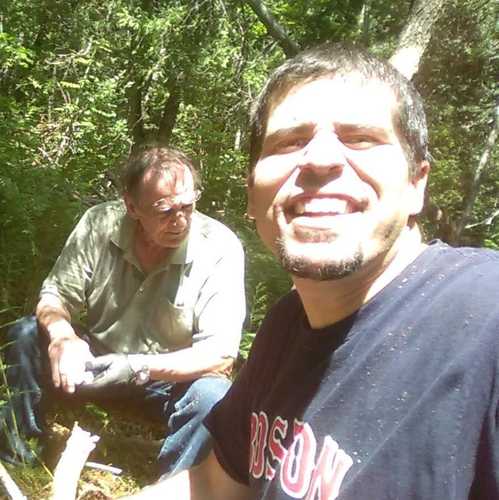Keywords: Wabanaki basket
Item 80733
Egg Basket, Wabanaki, ca. 1900
Contributed by: Abbe Museum Date: circa 1900 Media: Ash splints, sweetgrass, dye
Item 80734
Comb basket, Wabanaki, ca. 1900
Contributed by: Abbe Museum Date: circa 1900 Media: Ash splints, sweetgrass, dye
Exhibit
Holding up the Sky: Wabanaki people, culture, history, and art
Learn about Native diplomacy and obligation by exploring 13,000 years of Wabanaki residence in Maine through 17th century treaties, historic items, and contemporary artworks—from ash baskets to high fashion. Wabanaki voices contextualize present-day relevance and repercussions of 400 years of shared histories between Wabanakis and settlers to their region.
Exhibit
Creation and other cultural tales are important to framing a culture's beliefs and values -- and passing those on. The Wabanaki -- Maliseet, Micmac, Passamaquoddy and Penobscot -- Indians of Maine and Nova Scotia tell stories of a cultural hero/creator, a giant who lived among them and who promised to return.
Site Page
Mount Desert Island: Shaped by Nature - Wabanaki Today
"The Festival is a market for selling baskets and other Wabanaki crafts, but it is also an opportunity for tribal members from far reaching…"
Site Page
Mount Desert Island: Shaped by Nature - The Indian Encampment
"… from the Wabanaki Encampment A wide variety of baskets, birch bark items, toys and souvenirs could be purchased at the Wabanaki encampment in Bar…"
Story
Making the wapi-kuhkukhahs / Snowy Owl basket
by Gabriel Frey and Gal Frey
A story of a mother and son artistic collaboration.
Story
The Tomah Basket
by James Boyce
Learning to make Maliseet Tomah baskets
Lesson Plan
Grade Level: 3-5, 6-8, 9-12
Content Area: Science & Engineering, Social Studies
This lesson plan will give middle and high school students a broad overview of the ash tree population in North America, the Emerald Ash Borer (EAB) threatening it, and the importance of the ash tree to the Wabanaki people in Maine. Students will look at Wabanaki oral histories as well as the geological/glacial beginnings of the region we now know as Maine for a general understanding of how the ash tree came to be a significant part of Wabanaki cultural history and environmental history in Maine. Students will compare national measures to combat the EAB to the Wabanaki-led Ash Task Force’s approaches in Maine, will discuss the benefits and challenges of biological control of invasive species, the concept of climigration, the concepts of Traditional Ecological Knowledge (TEK) and Indigenous Knowledge (IK) and how research scientists arrive at best practices for aiding the environment.














